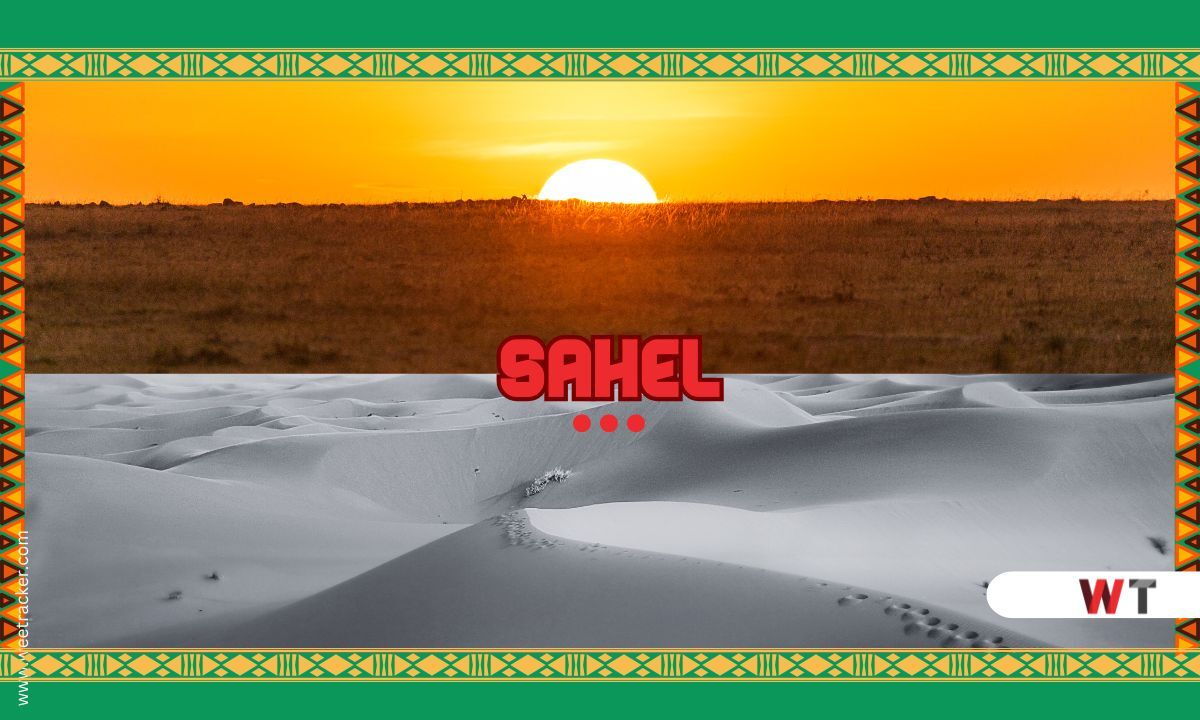The African-Sahel region, which has immense potential and extends from the Atlantic coast in Senegal to the Red Sea across Sudan, forms a crucial transition zone between the Sahara Desert and more fertile southern savannas.
Comprising parts of several West and Central African countries, it spans over 5,400 kilometres, from the Atlantic Ocean to the Red Sea. It includes parts of Senegal, Mauritania, Mali, Burkina Faso, Niger, Nigeria, Chad, Sudan, The Gambia and Eritrea. It is home to approximately 150 to 400 million people, per estimates, making it one of the most diverse and complex regions—rich in culture, history, and natural resources.
Historically, the Sahel has been a cultural crossroads, with ancient trade routes facilitating the exchange of goods, ideas, and technologies between North Africa, Europe, and Sub-Saharan Africa. Known as the “shore” of the Sahara (from the Arabic sāḥil), this region has long served as a cultural and trade crossroads. Ancient caravan routes once connected North Africa with Sub-Saharan Africa, facilitating the exchange of goods, knowledge, and culture. However, that might not be the case anymore, especially as economic growth in the Sahel has been stunted lately.
For a closer examination of the Sahel’s complexities, this article will cast a spotlight specifically on the G5 Sahel countries: Mali, Mauritania, Niger, Burkina Faso, and Chad. The "G5 Sahel" group is a regional framework for security and development cooperation in West Africa. It comprised countries set up to foster close cooperation in the region and tackle the major challenges these countries face. However, Niger and Burkina Faso announced their withdrawal from the G5 Sahel alliance. However, for the scope of this article, we will focus on the five countries.
Economic Indicators Across the Sahel Reflecting the Difficulties Facing the Region
If you follow the stories of the G5 Sahelian countries, you’ll find a region with brimming potential yet beset by several challenges. Driven by agriculture and mining, the region can barely stabilize its economy amidst relentless climate shifts and political unrest.
These challenges significantly impact the region's economic footprint. For instance, the World Bank notes that GDP growth across the Sahel languishes between 3% and 6%, lagging behind other African regions like West and East Africa, where annual growth sometimes hits double digits.

